By showcasing leading women in the industry, we’ll inspire the next generation of tech talent

Women currently make up just 21% of the tech industry, black women make up just 3%, and only 5% of leadership positions in the UK’s tech industry are held by women. These statistics are startling but discouragingly, progress to tackle this tech gender crisis has been painfully slow both around the world and in the UK.
This gender gap is being matched by a growing tech skills gap. Today, there are already more tech roles being advertised than there are candidates, and the UK’s tech job market is projected to be worth £30bn by 2025 – six times larger than it is now. It’s estimated there will be 3 million jobs in the UK by 2025 in software, data and cyber, but UCAS data shows that by then there will only be 150k qualified graduates – and only 17% of these will be women. Big growth of course means big opportunities. But we can’t avoid the fact that unless something changes dramatically, there won’t be enough candidates to fill the jobs needed. Our analysis has found there will only be one qualified woman for every 115 roles by 2025.
Why does this tech gender gap exist?
Whether it’s the failure to showcase tech career options amongst girls at school age,to financial barriers to entry of later educational routes into tech, or the unique challenges facing female career switchers who often need more flexibility and autonomy, there are barriers at multiple points in the pipeline for women. Another major issue is that there is a discrepancy in the number of visible female role models in the tech industry to inspire and motivate the next generation of talent.
This gap means women aren’t able to tap into the opportunities the tech industry offers, which entrenches economic and professional inequality. Tech jobs have higher starting salaries than most other industries, and independent analysis suggests tech as a profession offers more social mobility than professions like medicine and law.
At Code First Girls, we’re on a mission to close the gender gap in the tech industry by providing employment through free education, and building a community of women to support and inspire one another. We’ve launched an interview series – #REPRESENT – which will see a number of women from organisations including Nike, BAE Systems, Morgan Stanley and the Government Communications Headquarters (GCHQ), share their career stories, education, inspiration, and the personal experiences which helped them overcome barriers to entry in the tech sector.
Through our series, these influential women will share their recommendations for overturning the gender bias in the tech industry. By interviewing and showcasing leading women in the industry, we’ll be able to provide our community with a range of inspirational voices and insights to help them thrive in their tech careers, and to hopefully engage women who aren’t currently studying or working in tech too.
Closing the gender gap and taking pains to secure opportunities in tech for women is the right thing to do for women, but it’s also the right thing to do for the industry. To ensure the industry is as strong as it can be, we need to draw on the widest possible range of voices and insights, and we need a diverse talent pipeline in place in order to unlock the industry’s potential.
By shining a light on female tech leaders, we will help show other women the way into tech – and we all stand to benefit.
Anna Brailsford, CEO of Code First Girls
Anna Brailsford is the CEO of Code First Girls, and is on a mission to eliminate the diversity gap in tech by providing free education and economic opportunities to women globally. Anna is also a Board Member for the Institute of Coding. Previously, Anna was the Commercial Director of Lynda.com and LinkedIn. When LinkedIn acquired Lynda for $1.5 Billion in April 2015, she became part of the fourth-largest acquisition in social media history and subsequently contributed to the creation of LinkedIn Learning.


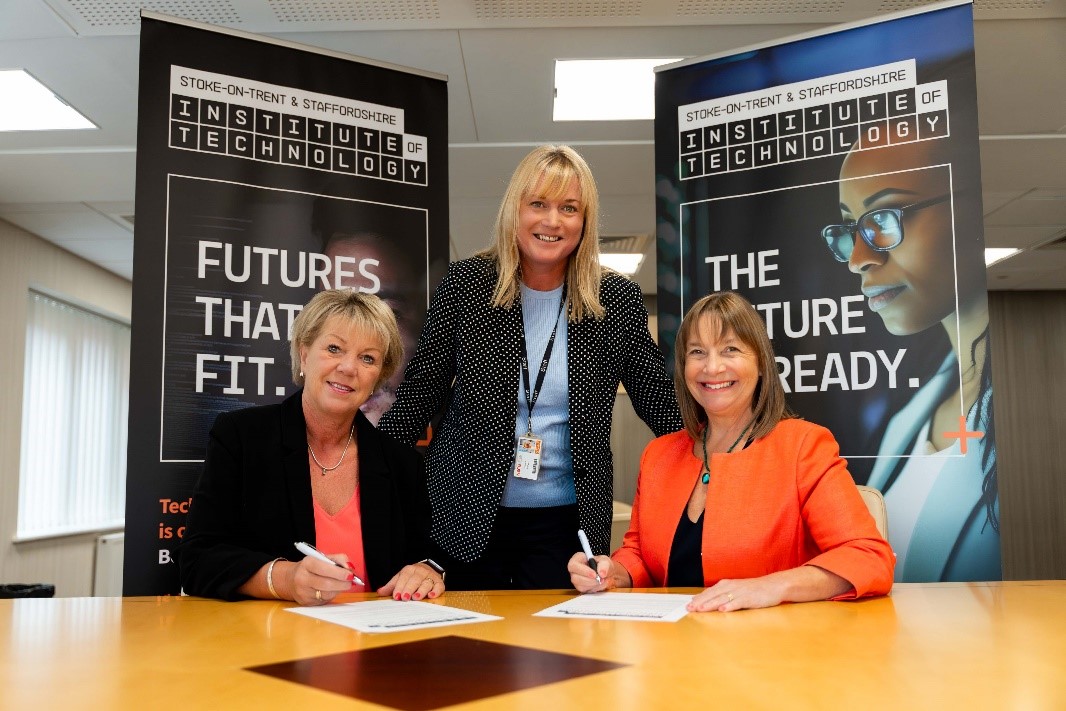
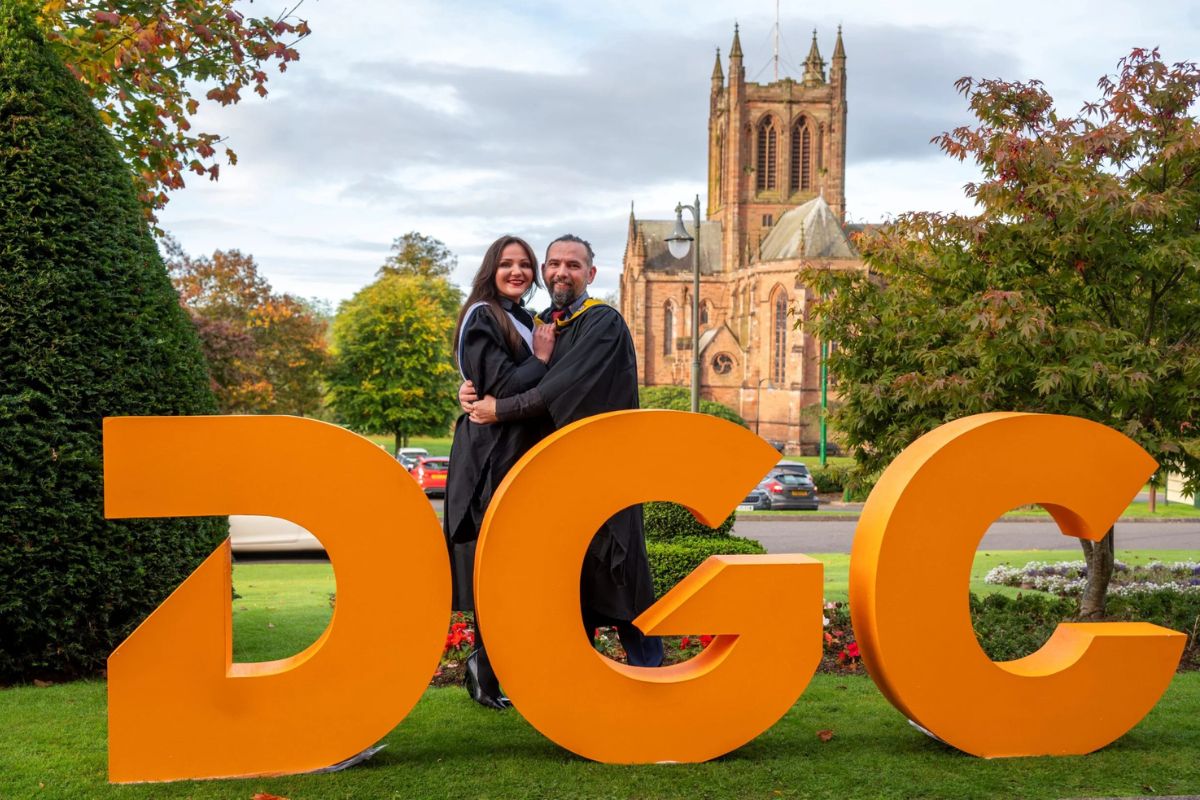
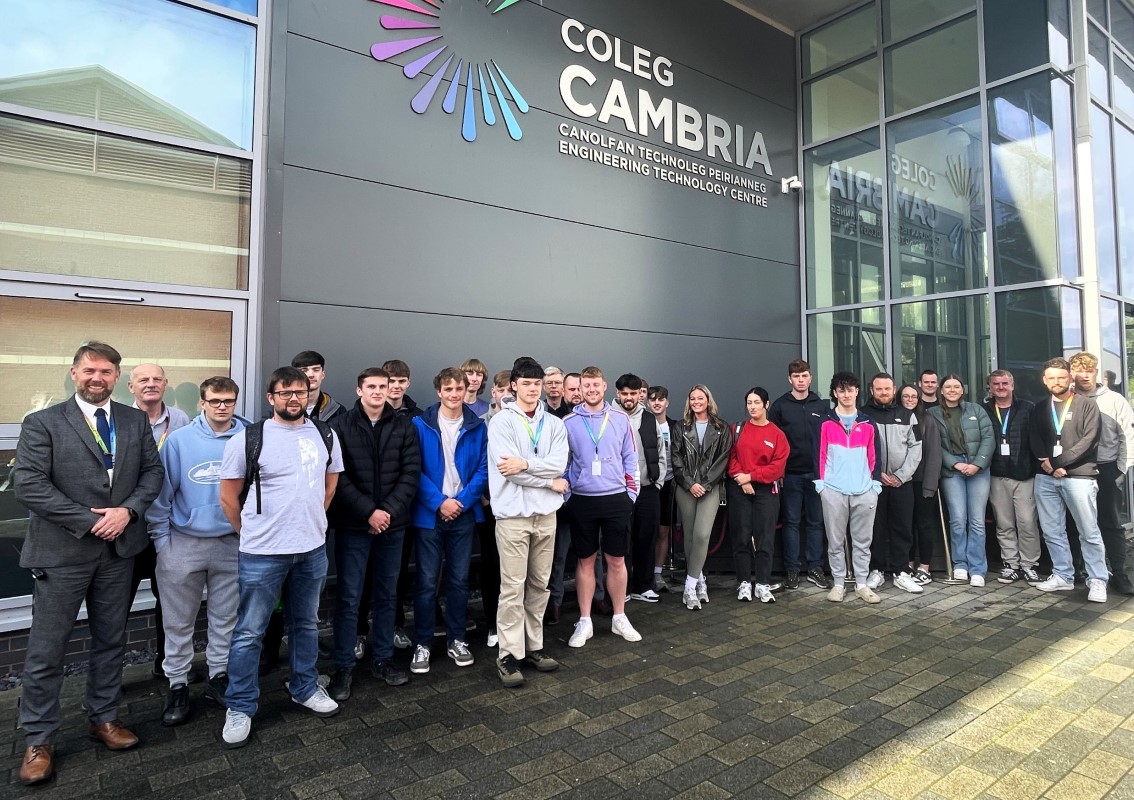
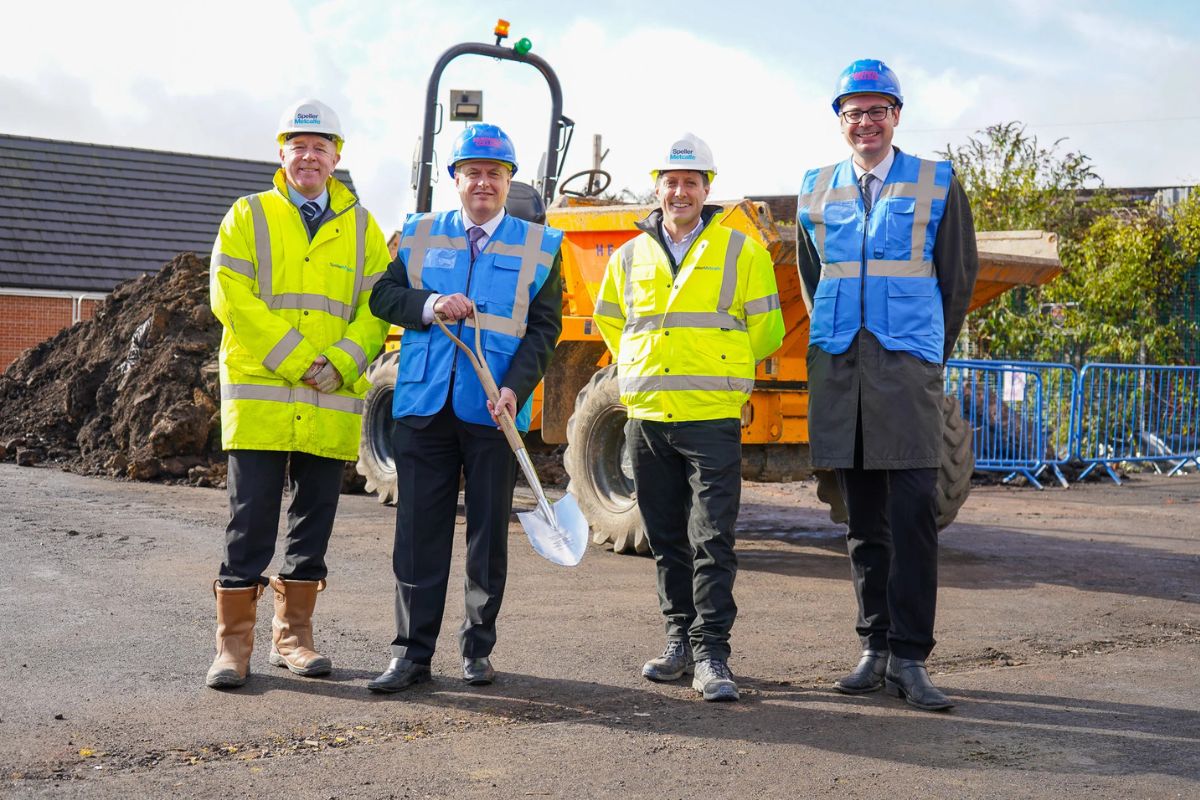
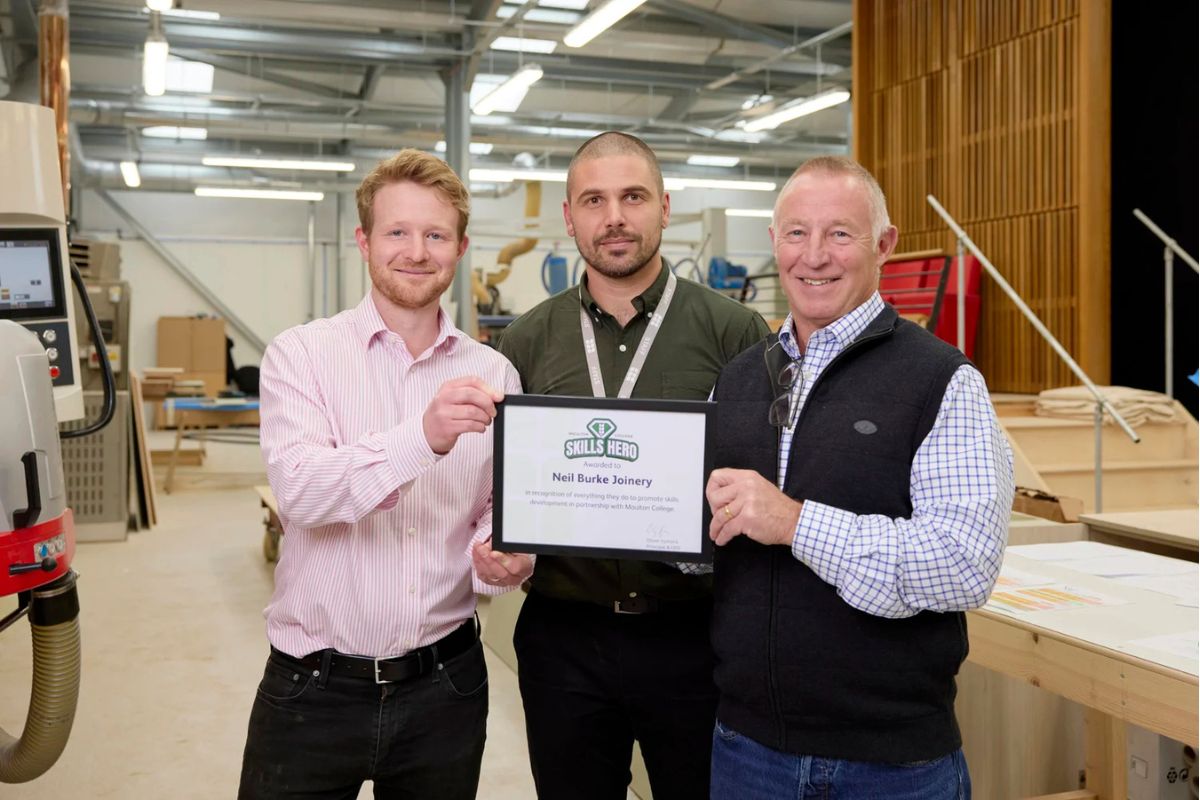

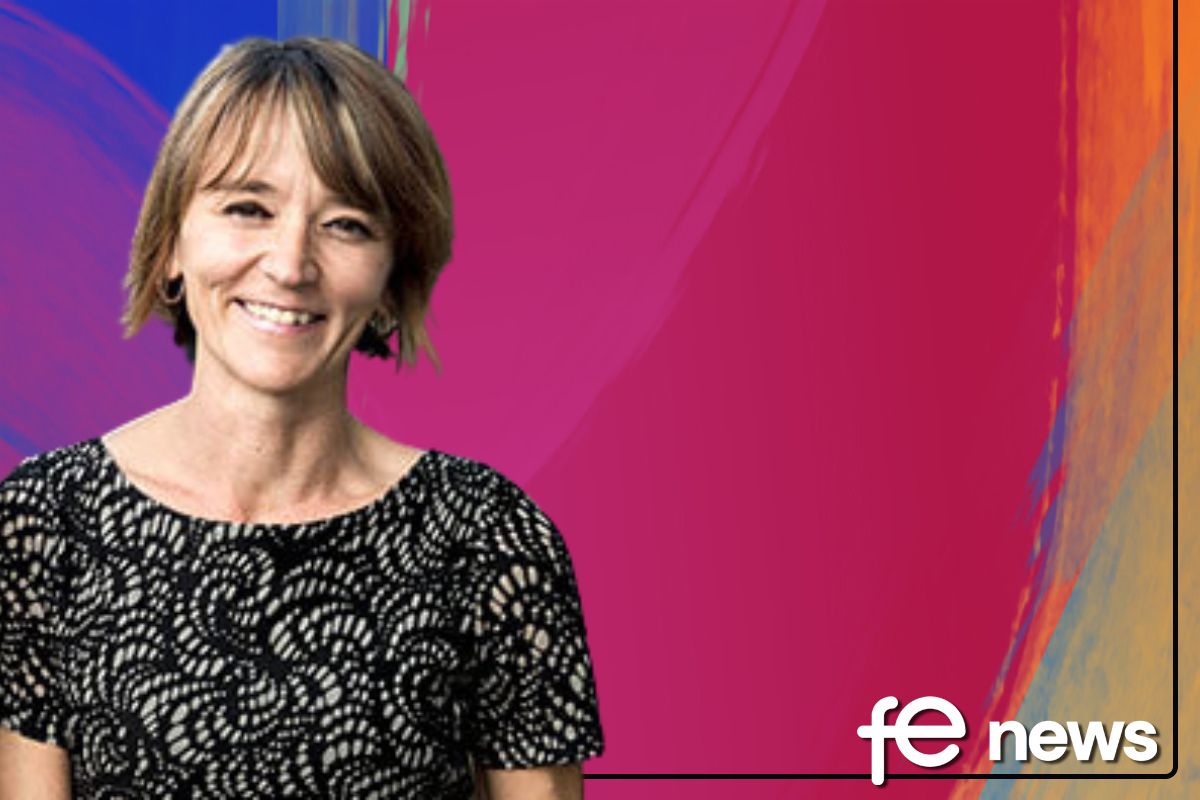
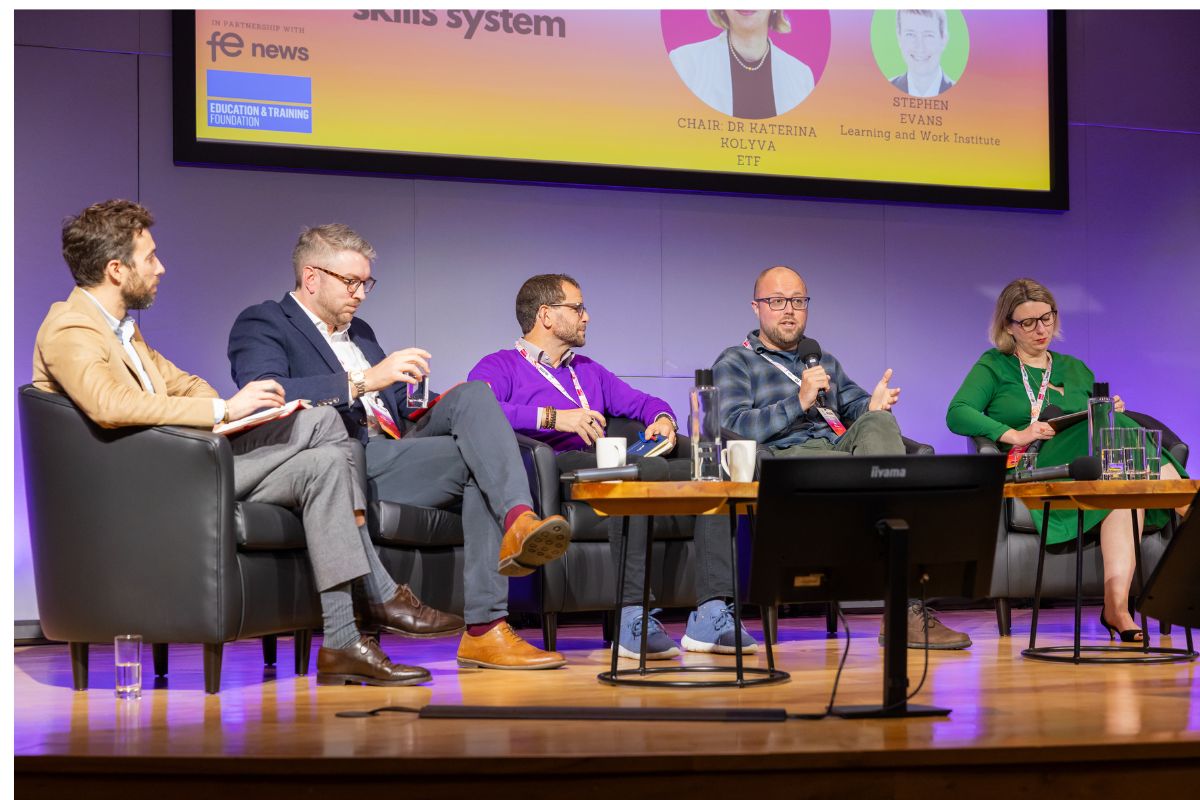
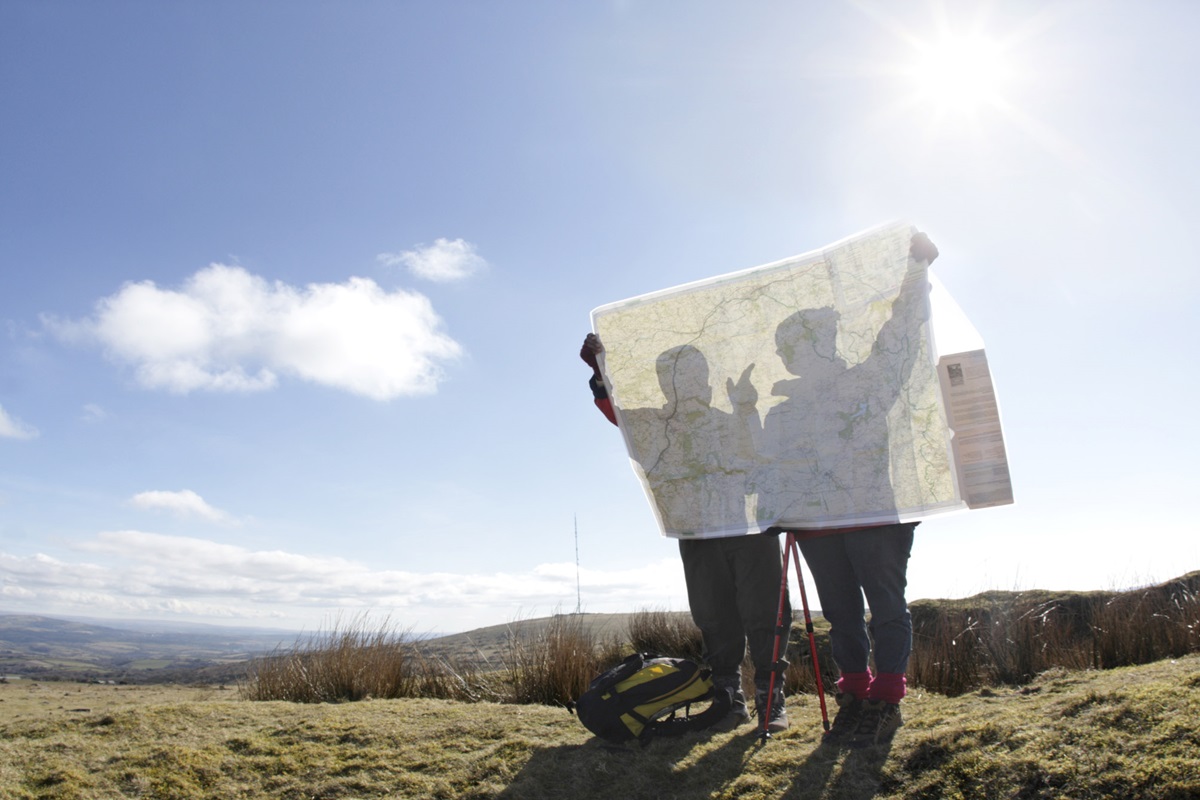
Responses